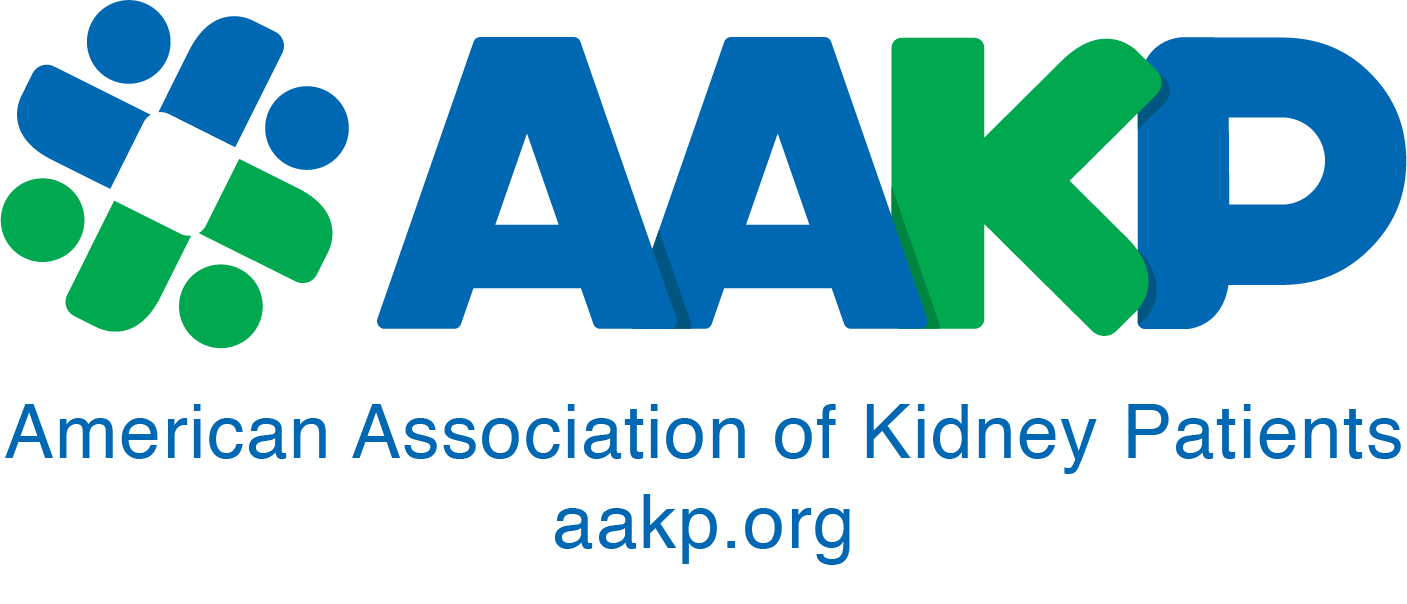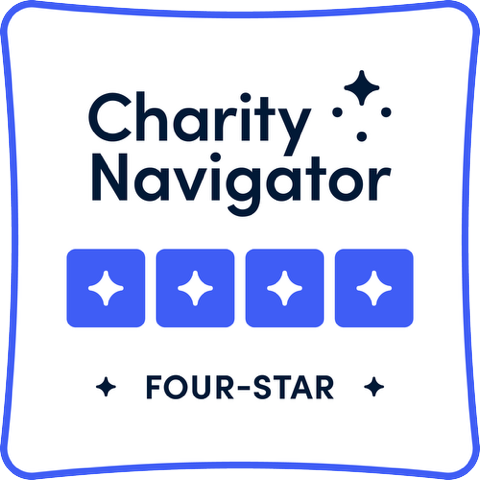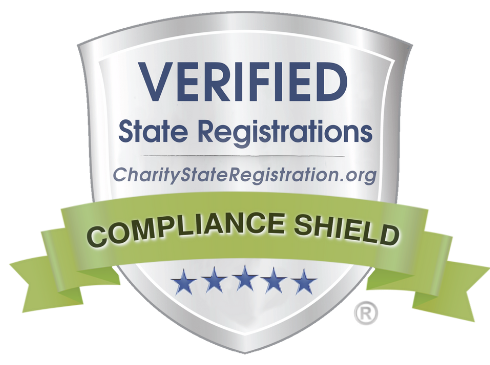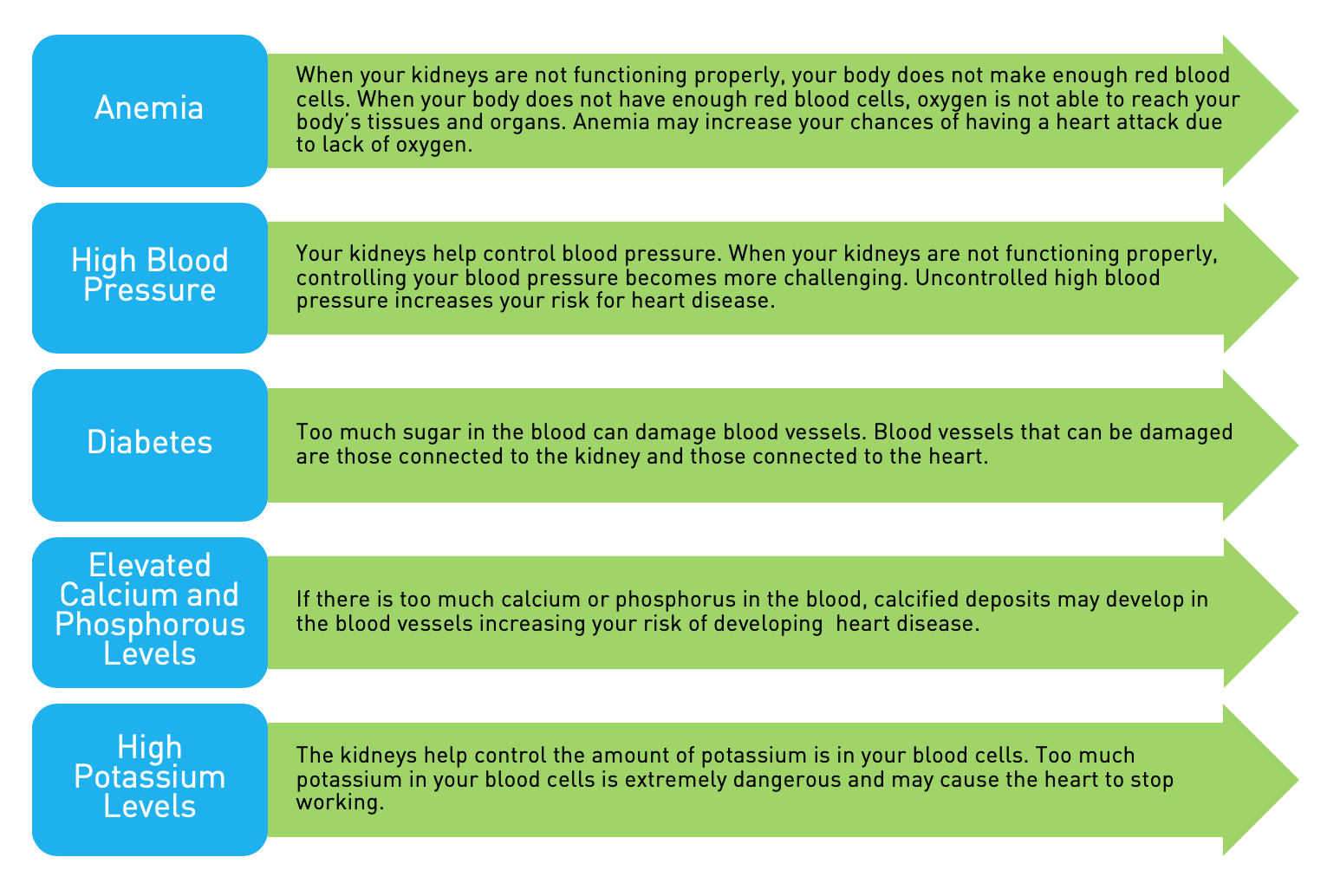Did you know that the Centers for Medicare & Medicaid Services (CMS) has a quality improvement program in place—known as the End Stage Renal Disease Quality Incentive Program (ESRD QIP)—that measures how well dialysis facilities provide care? The ESRD QIP supports CMS’ overall goal to emphasize the needs of Medicare beneficiaries. The program is designed to encourage facilities to improve the care provided to patients who have ESRD, and to help improve Medicare’s ESRD program in general, by paying dialysis facilities based on the quality of care that they deliver rather than the quantity.
As part of the overall purpose of the ESRD QIP, CMS works with ESRD providers and community representatives to refine measures and incentives to achieve healthcare equity, to eliminate healthcare disparities, and to reduce unintended consequences.1 With the ESRD QIP, CMS has scored facilities on their performance on two types of measures—Clinical Measures and Reporting Measures. Further, CMS analyzes facilities’ data to assist the agency with reimbursement decisions for what is referred to as the Payment Year (PY).
So, why is the ESRD QIP important to patients? Historically, the ESRD QIP has focused on patient outcomes that can be measured with laboratory tests, such as Kt/V dialysis adequacy, hemoglobin, and serum phosphorus levels, as well as an assessment of patients’ experience of care. In its objective to comprehensively evaluate the quality of care delivered to dialysis patients, CMS has expanded the non-laboratory-based area of the ESRD QIP by adding new measures that will take effect with PY 2018. Two examples of these measures are “Pain Assessment and Follow-Up” and “Clinical Depression Screening and Follow-Up” reporting measures.
Pain Assessment and Follow-Up
Pain is one of the most common symptoms in patients with ESRD.3 Based on this fact, and the findings of other clinical studies, CMS identified a need to incorporate a measure as part of the ESRD QIP that determines whether facilities regularly assess their patients’ pain, and whether they develop follow-up plans as necessary.
Believing that a measure such as this offers the possibility of improving the health and well-being of patients with ESRD2 and recognizing that this measure would address a need indicated by the National Quality Strategy (NQS) (http://www.ahrq.gov/workingforquality/), CMS adopted a pain measure that will be included as part of PY 2018. This reporting measure is based on National Quality Forum (NQF)-endorsed measure #0420, Pain Assessment and Follow-Up.
Under the Pain Assessment and Follow-Up reporting measure, as finalized for the PY 2018 ESRD QIP, authorized facility representatives are required to use a CMS data collection system known as CROWNWeb to report semi-annually one of six conditions (listed below) pertaining to the pain assessment and follow-up status of each qualifying patient.
Facilities must report one of the following conditions for each eligible patient4:
- Pain assessment using a standardized tool is documented as positive and a follow-up plan is documented
- Pain assessment is documented as positive, a follow-up plan is not documented, and the facility possesses documentation that the patient is not eligible for a pain assessment
- Pain assessment is documented as positive using a standardized tool, a follow-up plan is not documented, and no reason is given
- Pain assessment using a standardized tool is documented as negative, and no follow-up plan required
- No documentation of pain assessment, and the facility possesses documentation the patient is not eligible for a pain assessment
- No documentation of pain assessment, and no reason is given.
Conditions covering the first six months of the performance period (January 1, 2016-June 30, 2016) must be reported in CROWNWeb before August 1, 2016, and the conditions covering the second six months of the performance period (July 1, 2016-December 31, 2016) must be reported in CROWNWeb before February 1, 2017.4
Screening for Clinical Depression and Follow-Up
According to Dr. Paul L. Kimmel of the Division of Renal Diseases and Hypertension at George Washington University Medical Center, depression is the most common psychological disorder in patients with ESRD.5
CMS saw an opportunity to improve outcomes in patients’ mental health and to promote person- and family-centered care. CMS adopted a depression measure for PY 2018. This effort is based on NQF-endorsed measure #0418, Screening for Clinical Depression.
Under the Screening for Clinical Depression and Follow-Up reporting measure, as finalized for the PY 2018 ESRD QIP, authorized facility representatives are required to use CROWNWeb to report one of six conditions listed below pertaining to clinical depression screening and follow-up for each qualifying patient annually.
Facilities must report one of the following conditions for each eligible patient4:
- Screening for clinical depression is documented as being positive, and a follow-up plan is documented
- Screening for clinical depression is documented as positive, a follow-up plan is not documented, and the facility possesses documentation stating the patient is not eligible for depression screening
- Screening for clinical depression is documented as positive, the facility possesses no documentation of a follow-up plan, and no reason is given
- Screening for clinical depression is documented as negative, and a follow-up plan is not required
- Screening for clinical depression is not documented, but the facility possesses documentation stating the patient is not eligible for depression screening
- Clinical depression screening is not documented, and no reason is given.4
Conditions must be reported in CROWNWeb prior to February 1, 2017.
ESRD QIP Overview
The ESRD QIP was created by Congress in a law called the Medicare Improvements for Patients and Providers Act of 2008(MIPPA). The ESRD QIP uses data provided by facilities to score facilities based on their performance. CMS calculates each facility’s Total Performance Score—this is the overall grade of a facility’s performance on the measures finalized for a given Payment Year.
In order to continually improve the ESRD QIP, CMS works with medical professionals and other stakeholders, including dialysis facilities, patients, and researchers each year to find new ways to measure the quality of care provided by dialysis facilities. CMS publishes a proposed rule each year in the Federal Register (https://www.federalregister.gov). Members of the public, such as patients with ESRD, have 60 days from the published date to provide comments to CMS regarding the proposed rule. CMS reviews and responds to every comment submitted by the public, and it takes this feedback into account when developing the final rule.
For more Information
Further information regarding the ESRD QIP can be obtained from http://www.cms.gov/Medicare/Quality-Initiatives-Patient-Assessment-Instruments/ESRDQIP/index.html, which provides a wide variety of information including Frequently Asked Questions, detailed discussions about the rules for each payment year, samples of facility’s Performance Score Certificates, and other helpful references. ESRD QIP technical specifications can be accessed at http://www.cms.gov/Medicare/Quality-Initiatives-Patient-Assessment-Instruments/ESRDQIP/061_TechnicalSpecifications.html. Additionally, questions regarding the program can be sent to CMS’s ESRD QIP team at ESRDQIP@cms.hhs.gov.
The work on which this publication is based was performed under Contract Number HHSM-500-2014-00371G, titled “CROWNWeb Outreach, Communication, and Training,” funded by the Centers for Medicare & Medicaid Services, Department of Health and Human Services. The content of this publication does not necessarily reflect the views or policies of the Department of Health and Human Services, nor does mention of trade names, commercial
products, or organizations imply endorsement by the U.S. government. Publication Number: FL-OCT-OCT-03312015-02
References:
1. Centers for Medicare & Medicaid Services. End-Stage Renal Disease Quality Incentive Program: Payment Year 2017 and Payment Year 2018 Final Rule. (2015). Retrieved March 16, 2015, from http://www.cms.gov/Outreach-and-Education/Outreach/NPC/Downloads/2015-01-21-ESRD-QIP-PY2017-and-2018-Final-Rule.pdf.
2. Department of Health and Human Services. Centers for Medicare & Medicaid Services. Federal Register Volume 79, Number 215. (2014). Retrieved March 16, 2015, from http://www.gpo.gov/fdsys/pkg/FR-2014-11-06/html/2014-26182.htm.
3. Cohen, S. D., Patel, et al. Pain, sleep disturbance, and quality of life in patients with chronic kidney disease. (2007). Clinical Journal of the American Society of Nephrology, Vol. 2 Number 5, 919-925. Retrieved on March 16, 2015, from http://cjasn.asnjournals.org/content/2/5/919.long.
4. Centers for Medicare & Medicaid Services. Final Measure Specifications for the PY 2018 ESRD QIP. (2014). Retrieved March 16, 2015, from http://www.cms.gov/Medicare/Quality-Initiatives-Patient-Assessment-Instruments/ESRDQIP/DownloadsESRDQIPPY2018finaltechnicalmeasurespecifications-.pdf.
5. Kimmel, Paul L. and Rolf A. Peterson. Depression in Patients with End-Stage Renal Disease Treated with Dialysis: Has the Time to Treat Arrived? (2006). Retrieved on March 16, 2015, from http://cjasn.asnjournals.org/content/1/3/349.full.
























